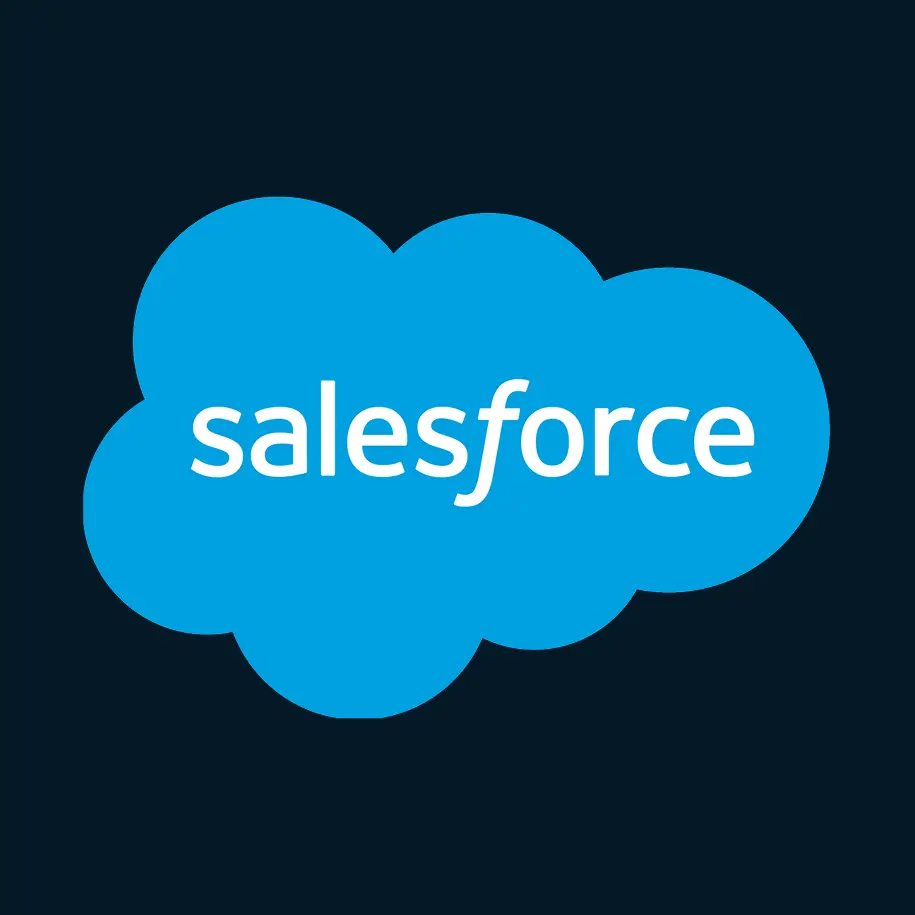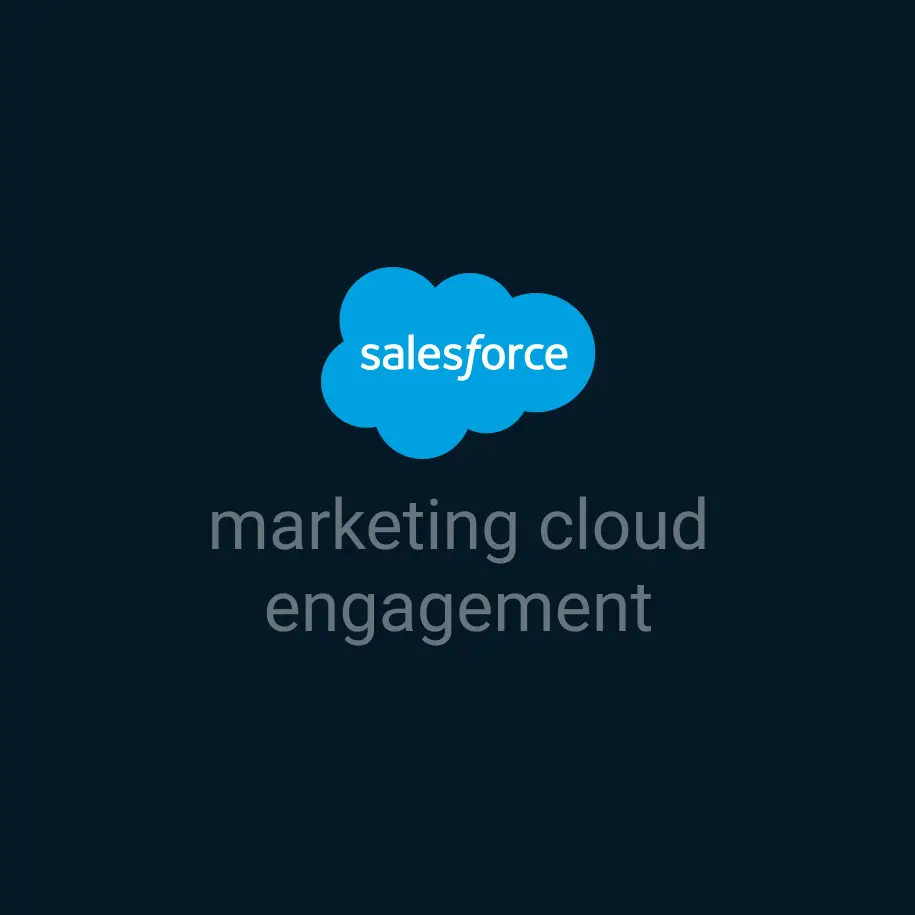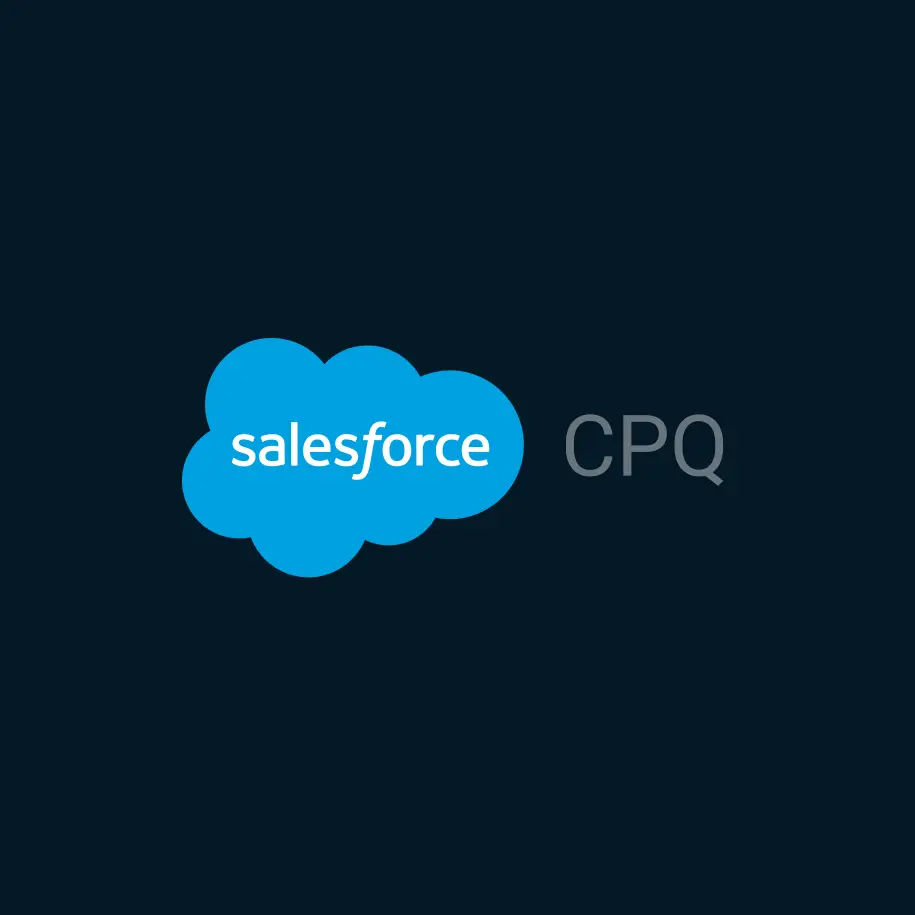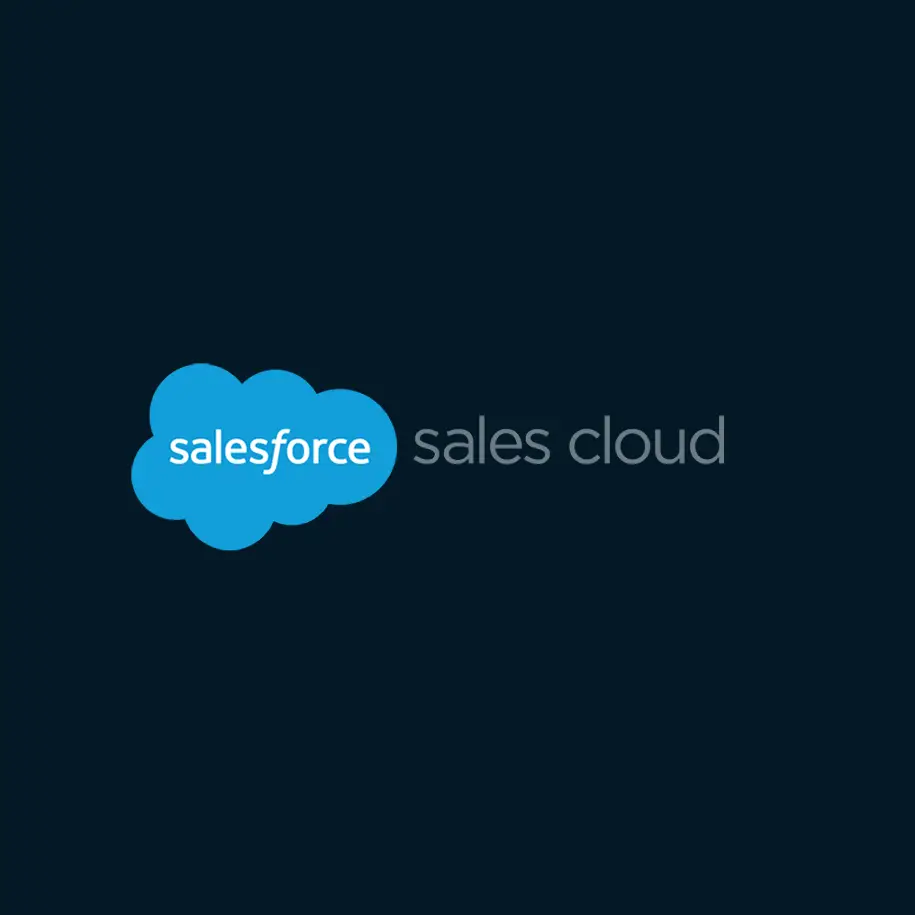
The Sales Data Layer: How to Clean, Structure, and Use Salesforce Data for Better Decisions
Ask any Sales Ops leader where their biggest bottleneck is—and there’s a good chance the answer is: “The data.”
Not the dashboards. Not the reps. The underlying data.
Because at the end of the day, no matter how pretty your reports look, if your accounts are messy, contacts are scattered, and products don’t map to reality… you’re making decisions on a shaky foundation.
That’s where the Sales Data Layer comes in.
In this article, we’ll break down what it is, why it matters, and how you can clean, structure, and actually use your Salesforce data to drive smarter sales decisions—without spinning your wheels in spreadsheet land.
What Is the Sales Data Layer?
The Sales Data Layer is the structured, reliable foundation underneath all your forecasting, pipeline analysis, territory planning, and enablement efforts.
It’s not just your reports. It’s not even just your Salesforce instance. It’s the architecture—the relationships between Accounts, Contacts, Opportunities, Products, Activities, and more—that determines whether your insights are trustworthy or just… hopeful.
If you’re integrating external systems (like Gong, Outreach, or your ERP), this layer gets even more important. It has to make sense before you add complexity.
Step 1: Clean the Foundation (No, Really)
Yes, we know—”clean your data” feels like obvious advice. But many teams treat data cleanup as a one-time project, not a continuous habit.
Here’s what that looks like in practice:
- Accounts: Use tools like Salesforce’s Duplicate Rules and Account Hierarchies to merge and roll up multi-entity customers.
- Contacts: Make sure key fields are filled (email, title, role in the deal) and not duplicated across business units.
- Opportunities: Align stages with actual sales behavior—and make close dates meaningful, not just “end of quarter.”
- Products: If your product catalog doesn’t match how you quote or deliver, it’s time to refactor.
Need help cleaning up legacy CPQ product data? Read: Revenue Cloud Advanced vs Salesforce CPQ
Step 2: Structure for Insight, Not Just Storage
This is where most Salesforce orgs start to break down.
You can technically track a lot of data—but without structure, it’s useless. Or worse: misleading.
What to focus on:
1. Account Segmentation
- Tiering (A/B/C), industry, region, lifecycle stage—all need clear definitions.
- Use Salesforce Record Types if you sell to both SMBs and Enterprises with different motions.
2. Contact Roles & Influence
- Activate Contact Roles on Opportunities, and use tools like Campaign Influence to connect the dots between marketing and sales touches.
3. Activity Tracking
- Switch from manual call logs to automated logging through Sales Engagement tools.
- Build dashboards around Last Activity Date, Next Step, and Engagement Score (hint: Data Cloud helps here).
Want to align this structure with a full GTM view? Check out: How to Measure the Impact of Marketing Cloud Campaigns with Data Cloud
Step 3: Make It Usable (for Humans and AI)
Once your data is clean and structured, the magic happens when you use it—through:
- Real-time dashboards tied to business logic
- Forecasting tools like Einstein Forecasting
- Territory management based on actual ICP indicators
- AI Assistants (like Agentforce) that tap into your Salesforce instance and respond with meaningful answers—not just regurgitated fields
If your Salesforce data can’t power your AI tools or GTM workflows, it’s not just a missed opportunity—it’s a liability.
Bonus Tip: Sync with Data Cloud for Full-Funnel Clarity
Sales Ops often works within a single system (usually Sales Cloud), but your prospects don’t. They live across marketing, product, support, and partner ecosystems.
That’s why Salesforce Data Cloud is so powerful—it creates a unified customer graph in real time. So Sales gets context without digging, and AI can predict behavior more accurately.
If you’re not ready for a full rollout, start with our guide: Data Cloud Playbook
Final Thought
Sales Ops isn’t just about fixing broken dashboards. It’s about creating systems that scale—and the Sales Data Layer is at the heart of that.
Clean data drives clarity. Structure drives trust. And when your data is finally working for you, not against you, every part of the sales process gets better—from lead routing to closed-won.
If you’re trying to untangle your Salesforce mess or just want to start building a more reliable foundation, we can help.
Let’s clean it up, structure it right, and turn your sales data into actual insight.



















